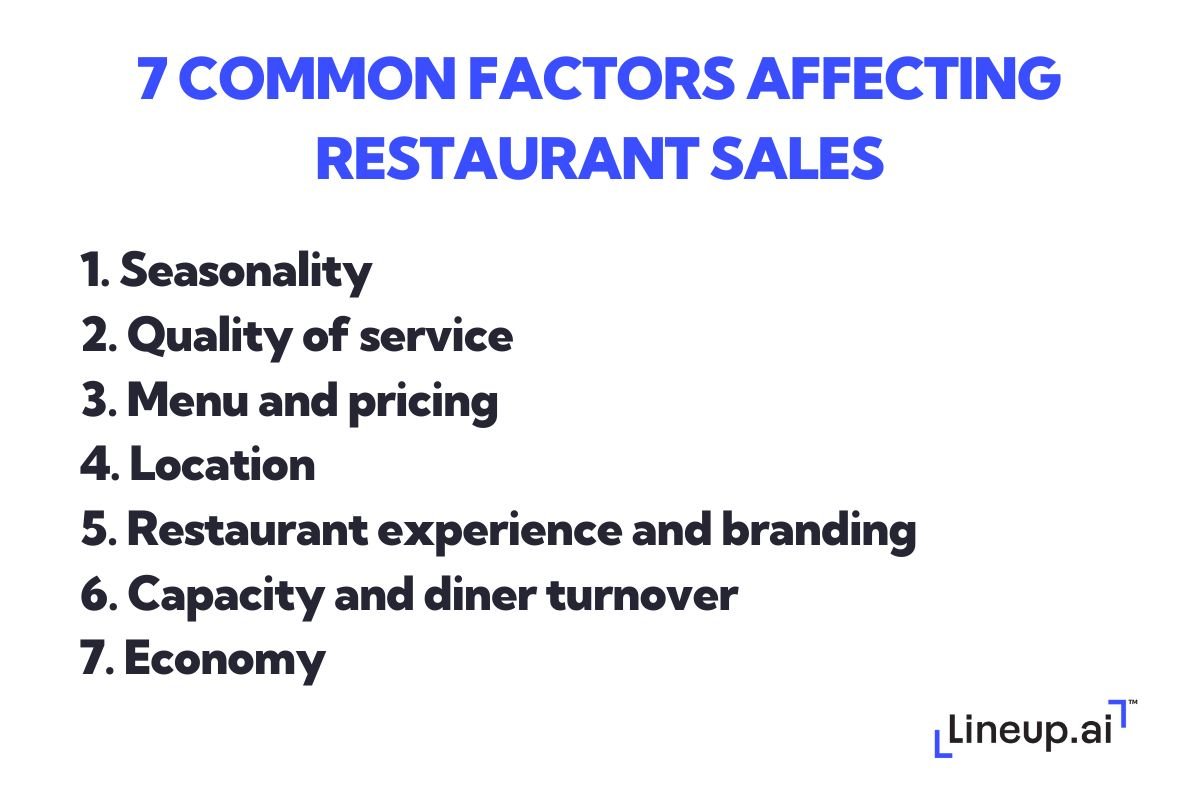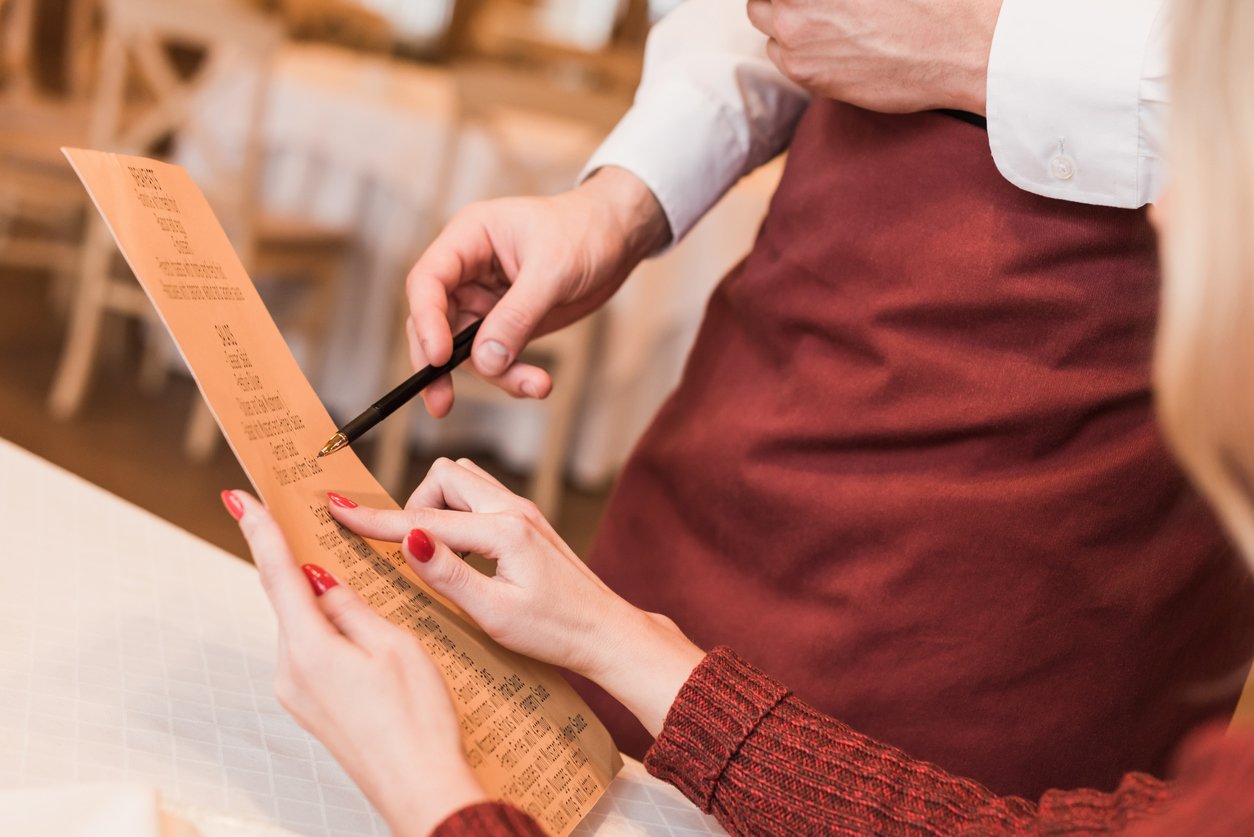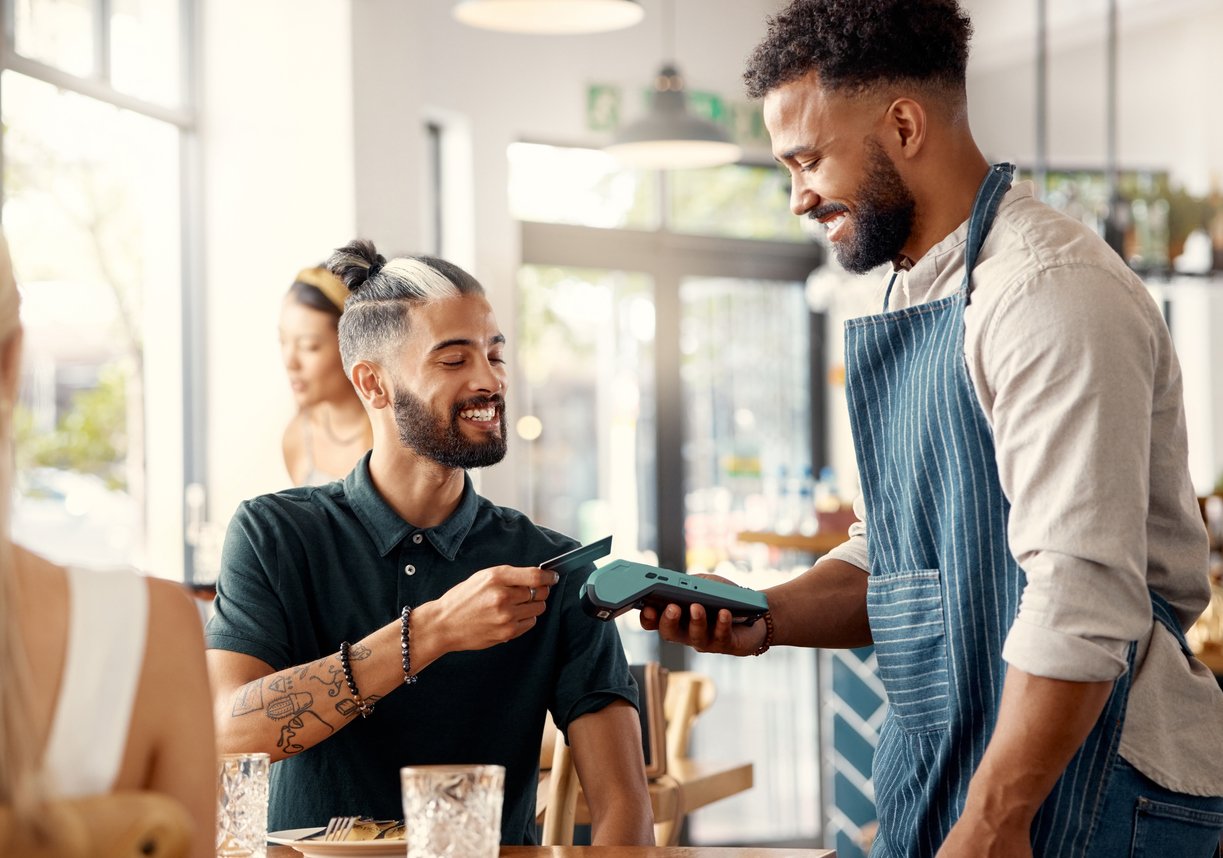Your restaurant business may have talented chefs and excellent ambiance but are your profits as high as you want them to be?
The brutal truth in restaurant management is that having the most delicious food isn’t always enough to get people through the door.
In a recent survey, the average restaurant revenue per month is $147,108.84. The secret to boosting revenue in your restaurant is understanding the factors that impact restaurant sales.
With these factors at your fingertips, you will know where you can make changes to increase restaurant sales. You will also understand things that decrease revenue generation in a restaurant business so that you can make strategic decisions. Let’s dive deeper to learn more.
The 7 Most Common Factors Affecting Sales In a Restaurant
The restaurant business is influenced by a wide range of internal and external factors that can significantly impact its operations, performance, and overall success.
Internal factors such as menu innovation, quality of service, staffing, and financial management play a significant role in driving sales. Your menu's offerings, the efficiency of your staff, and the careful management of expenses all contribute to the overall success of your restaurant.
External factors, on the other hand, include elements like economic conditions, seasonality, competition, and changing consumer preferences. These external factors are often beyond your direct control but can have a substantial impact on customer behavior and spending patterns.
Understanding how these internal and external factors interact and influence each other is crucial for creating a comprehensive strategy to boost restaurant sales. By aligning your business operations with the broader market dynamics and continuously adapting to changing circumstances, you can position your restaurant for sustained success.

1. Seasonality And Weather Factors
Restaurant sales tend to fluctuate with seasons and weather conditions. Customer traffic can remain steady, skyrocket considerably, or drop dramatically depending on the season and region. For example, research shows that Mother’s Day and Valentine’s Day are the two most popular dining holidays in the U.S. During these seasons, restaurants can leverage the holidays to spike sales beyond the ordinary.
Another article shows that April through September are the busiest months for restaurants. Presumably, higher sales in summer result from locals spending much time outdoors to enjoy the warm weather and visitors flooding to more popular areas.
Speaking of the effect of weather conditions on restaurant sales - during cold months, restaurant sales generally decline since most people are less compelled to go out for a meal. This is especially true if it’s snowing or raining and a restaurant doesn’t offer food delivery services.
Knowing how the seasons and weather affect sales in your restaurant ensures you plan accordingly for seasonality ups and downs. For example, let’s say you predict sales in your restaurant will drop in the winter season. In that case, you might amp up your marketing strategies, offer more events or incorporate interesting menu items to compensate for the anticipated sales drop.
2. Quality of Service
Whether your business is fast-casual dining, a fast-food restaurant, or fine dining, your service quality should be the best it can be to improve customer satisfaction in a restaurant. Restaurants must continually improve their service quality in order to keep customers pouring in.
According to a Salesforce survey with over 7000 participants, 91% of people are compelled to become return customers in a business with high-quality customer service. If your restaurant’s services frustrate customers, they are unlikely to return and won’t recommend you to others. On the other hand, happy customers satisfied with your services will likely come back, boosting sales in your restaurant.
Your restaurant should be adequately staffed to ensure customers are served in a reasonable amount of time. Customers shouldn't have to wait a noticeably long time to order.
In fact, it's best if servers acknowledge guests immediately after they enter your dining restaurant. Not only will you avoid making customers angry, but you’ll also increase table turnover and create more room for hungry patrons.
Generally, high wait times reduce restaurant revenue. A 2018 study found that the total income of a restaurant can increase by 15% when wait times are minimized for customers. In other words, you can boost sales if the service is quick. Ensure your kitchen is fast and servers are ready to take orders for a consistent, high-quality customer experience. When things do fall behind, acknowledging the delays and letting customers know where they are in the queue is helpful.
3. Menu & Pricing
Your menu and pricing are the heart of your restaurant. It's an essential part of remaining competitive in the restaurant industry and attracting customers to your business.
If your menu is too pricey, you may discourage potential customers. If it's too inexpensive for your restaurant's status, potential customers may wonder, "Does that mean the food quality is poor?" Both situations can impact your restaurant sales.
The fine dining experience is different from fast food restaurants. The ingredients, prep time, skills required to prepare meals, and menu creation should all influence your menu prices.
Restaurateurs should balance customer expectations with the restaurant's profitability, which is only possible through proper menu pricing. Your menu items, food costs, competitors, and operational expenses should help you price your food services correctly. Generally, most restaurants price their food three times the cost—in other words, a 300% markup.

4. Location
Location is just as crucial to a restaurant's success as the menu. It plays a role in the dining experience and affects accessibility and convenience. One survey found that a restaurant location accessible to customers plays a role in that business’s success.
That could mean a restaurant can quickly lose customers if it lacks parking spaces or is not a walkable distance for locals or tourists. On top of that, people are more likely to visit a restaurant that's easily accessible by public transport.
According to this research paper, public transportation is customers' preferred means to reach restaurants because of budget and time constraints. The research also showed that public transportation influences customers' subsequent visits (a location with many bus stops is an important factor in a customer's revisit intention).
5. Restaurant Experience and Branding
Your restaurant's atmosphere determines the customer experience. In addition to quality food, proper lighting, comfortable seats, soothing music, a clean environment, and fresh air can help a restaurant build a loyal customer base.
That's because an excellent restaurant experience makes customers return to enjoy the moment once more. Several diners who spoke with The Restaurant Times said that the lively atmosphere and different events each weekend topped their list of memorable experiences.
Apart from excellent restaurant experience, marketing campaigns can drive sales in your restaurant. An Upserve article states that 90% of guests research a restaurant online before dining—57% of these guests view restaurant websites before choosing where to dine.
That means if your guests open a website and see an experience they’re about to enjoy, you may increase traffic to your restaurant and boost sales. Social media is also a great place to build a presence, considering there are over 3 billion users. The only catch is that you can’t oversell your restaurant. Your online presence should match the experience in real life. Otherwise, once again, your sales can be at risk.

6. Capacity and Diner Turnover
The floorplan of fine-dining and quick-service restaurants can also influence sales.
"The way you architecturally layout a restaurant really can affect the customer experience,” explained Luke Ostrom, a partner at Rye Street Tavern in Baltimore.
In fast-food restaurants, people get their food on the go, which means you might make more space for a line and smooth checkouts.
On the other hand, longer dining times in fine dining restaurants can impact sales negatively as guests expect responsive service. Such businesses might employ a reservation system or smarter scheduling software for restaurants so that they’re always properly staffed.
In any scenario, you want diners to eat and not linger too long at a table in order to create more room for hungry customers. After all, you don't want to lose customers due to a lack of vacant tables and seats or long waits for tables.
A few other layout considerations: Your dining room should have enough space for customers to maneuver easily. The restrooms should also be easily accessible and clearly marked.
7. The Economy
The status of the economy certainly influences restaurant sales. As one example, the pandemic changed restaurants, perhaps permanently.
With stay-home orders and a spreading virus, restaurants had to rethink their expenses to compensate for the financial stress COVID brought. This reduced sales in nearly every industry, including the restaurant industry.
Other economic factors include inflation, which forces restaurants to increase prices and can cause people to spend less extravagantly. Raising the price of menu items can compensate for inflation, but it could also strain your relationship with customers. Finding more affordable suppliers, reevaluating your expenses, and modifying your menu can help offset inflation.
Boost Sales With a Tried, Tested, and True Forecasting Solution
The factors we've covered above directly affect restaurant sales. Restaurant owners should deeply analyze each aspect, leverage sales-boosting opportunities and plan proactively for future uncertainties.
Lineup.ai can help through accurate AI-powered sales forecasting. This precise restaurant forecasting software equips you with what you need to take efficiency and profitability to the next level. Lineup.ai factors in your historical sales data along with external factors to help you forecast sales and schedule labor.
Further read:

The team at Lineup.ai is composed of seasoned professionals who hold deep insights into the unique challenges and pain points of the restaurant industry, and are equally skilled in artificial intelligence, machine learning, and data analytics. This fusion of expertise enables Lineup.ai to create cutting-edge AI solutions specifically tailored for the restaurant sector. The technical and analytical prowess of the team, combined with a deep understanding of the unique challenges faced by restaurants, forms the cornerstone of the company's innovation. The team at Lineup.ai also excels in communicating the benefits and applications of AI and machine learning to businesses, ensuring clients fully leverage the capabilities of these solutions.
More about the author